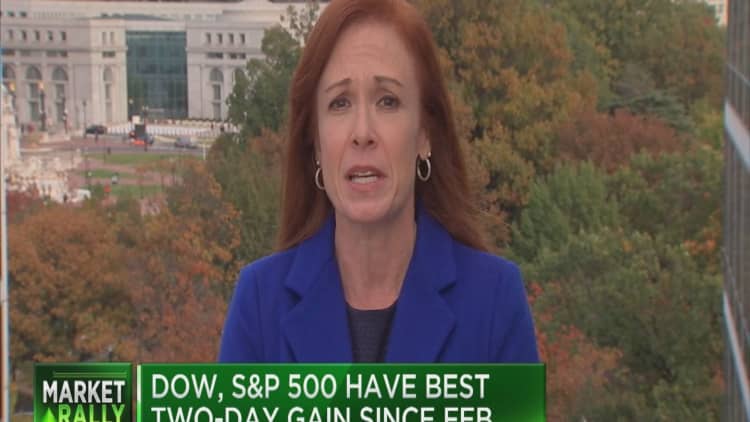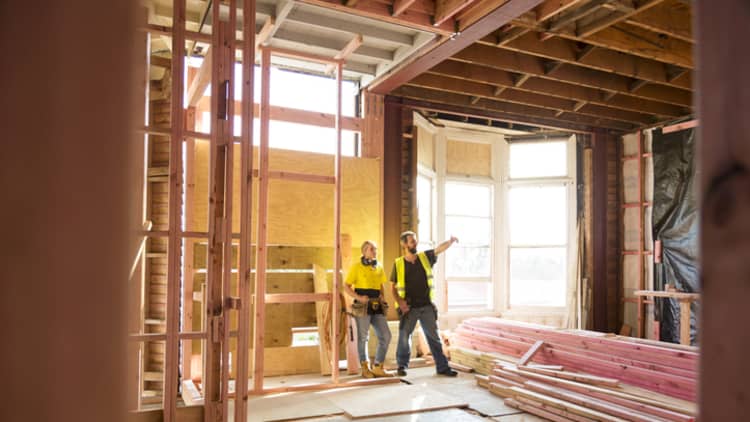Sometimes procrastination can cost you a lot of money.
Mortgage rates are nearly a full percentage point higher than they were at the start of this year. As a result, the number of borrowers who could have benefited from a refinance this year alone dropped by 56 percent, according to a new report from analytics firm Black Knight.
These borrowers missed out on average monthly savings of about $252.00.
With interest rates sitting near record lows a few years ago, millions of borrowers refinanced their home mortgages, saving billions of dollars in aggregate. But millions of borrowers didn't, and now they can't see those same savings.
Since 2016, when rates were at rock bottom, 5.9 million borrowers who could have benefited from a refinance did not apply for one. This year alone, 2.2 million who could have saved money with a refinance no longer can. The report only counted those who would likely have qualified, having high FICO scores and at least 20 percent equity in their homes.

"All told, that amounts to an aggregate of more than $1 billion in lost savings every month for these borrowers," said Ben Graboske, executive vice president of Black Knight's data and analytics division.
As of now, just under 1.9 million borrowers still have an incentive to refinance and could likely qualify. That is the fewest since 2008. Mortgage applications to refinance have been falling steadily and are now about 32 percent lower compared with a year ago, according to the Mortgage Bankers Association.
"There will always be a population of laggards," said Craig Strent, CEO of Maryland-based Apex Home Loans. "Some folks have had poor past experiences with the mortgage process and just may not want to deal with it again. They also may not be aware how much technology has removed a lot of the friction in the mortgage process the past few years."
If interest rates continue to rise, which they are expected to, fewer borrowers will be able to see any savings from a refinance. And not only will there be less incentive to refinance, but there will also be less incentive to move. A huge share of today's borrowers already refinanced to or bought homes with mortgage rates at record lows. In order to move, they would have to trade their rock bottom rate for one significantly higher.
Higher rates are also making it significantly costlier to afford a home. The monthly principal and interest payment needed to purchase the average-priced home has seen a $190 per month increase since the beginning of 2018, an 18 percent jump, according to Black Knight.

"It now takes 23.6 percent of the median income to make monthly payments on the average-priced home, making housing the least affordable it's been in nearly a decade," said Black Knight's Graboske. "While still better than the 1995-2003 average of 25.1 percent, we're close to a tipping point."
At the start of this year, just two states, California and Hawaii, were less affordable than their long-term norms, but as of today, 10 states are less affordable. Six more states are within 1 percent of long-term affordability levels.
While home price appreciation is slowing, prices are still rising in most markets. Higher prices, combined with elevated interest rates, will make more and more local housing markets less and less affordable next year.


